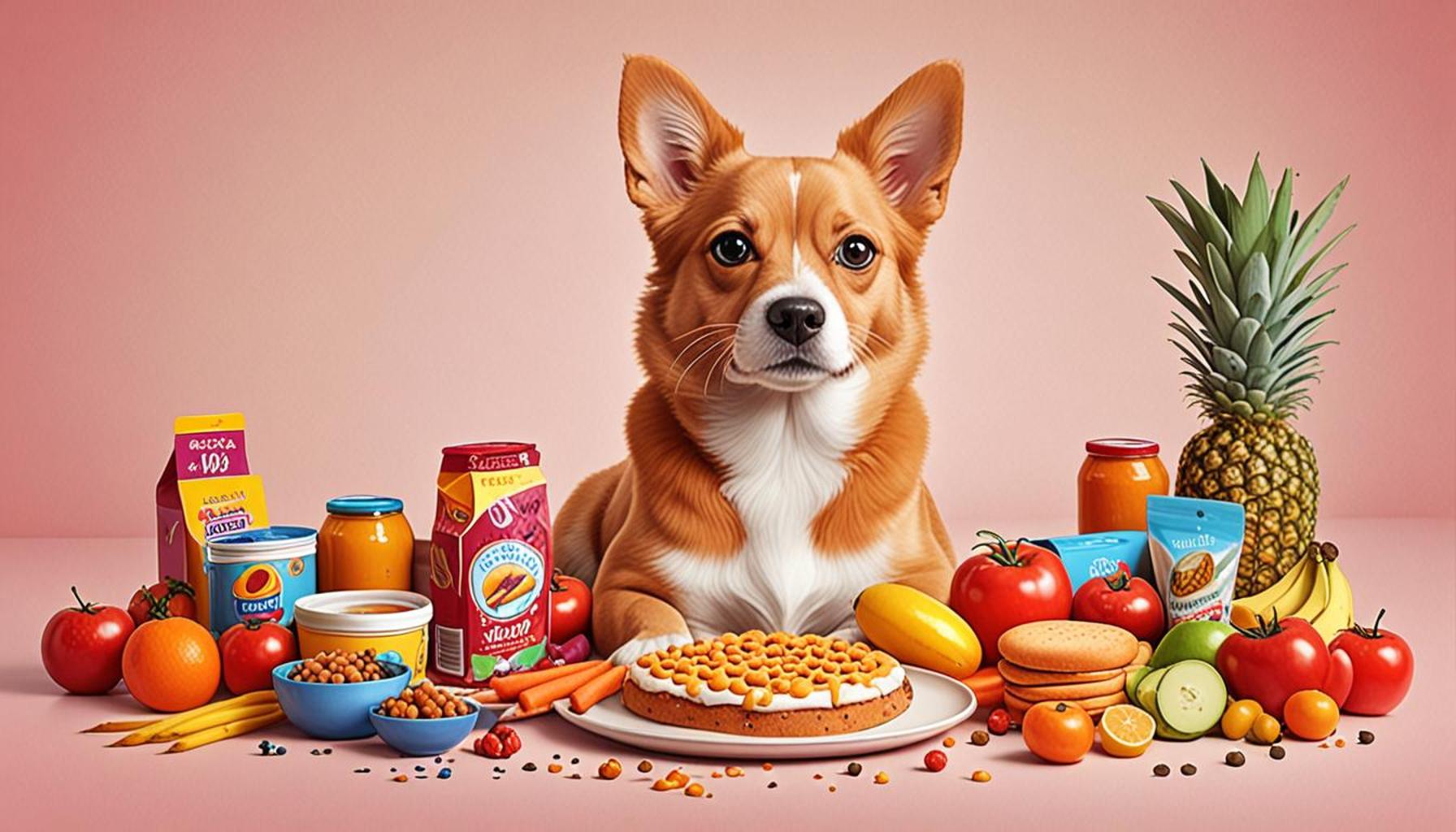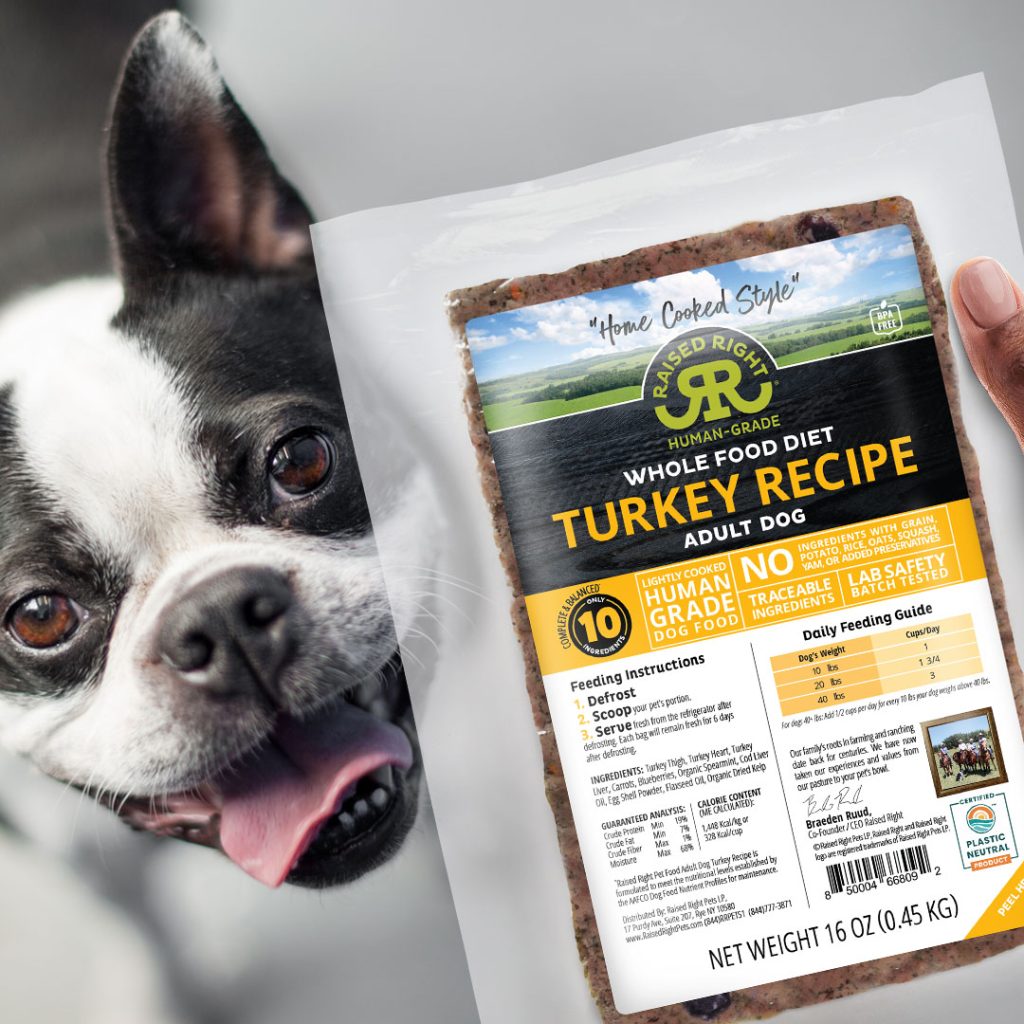How to Calculate the Ideal Amount of Pet Food for Your Furry Friend

Finding the Right Balance for Your Pet’s Diet
Determining the perfect amount of pet food for your furry friend is essential for their health and happiness. Many pet owners struggle with the appropriate portion sizes, leading to issues like obesity or malnutrition. The key is to understand a few fundamental factors. By focusing on these essential elements, you can better ensure the health and vitality of your pet.
Factors to Consider
When calculating the ideal amount of food, consider the following:
- Pet’s Age: Puppies and kittens require significantly more calories to fuel their rapid growth and development. For instance, a growing Labrador puppy might need about twice the caloric intake of an adult version of the same breed. In contrast, senior pets may require less food due to reduced activity levels and a slower metabolism.
- Weight: A pet’s current weight is a critical determinant of their calorie needs. Overweight pets are at risk for various health issues, including diabetes and joint problems. Calculating your pet’s Body Condition Score (BCS) can help you assess if they are at a healthy weight. If a pet should lose weight, it’s essential to consult your veterinarian about safe amounts to feed.
- Activity Level: Active pets, such as working dogs or those that are frequently exercised, have increased energy demands and thus need more calories. Conversely, pets that exhibit a more sedentary lifestyle, like those that primarily lounge around, require fewer calories. Knowing whether your pet is more of a “couch potato” or an “adventure seeker” can guide your food choices.
- Type of Food: Different food types vary in calorie density. For example, dry kibble tends to have a higher caloric content per cup than wet food, which is often less concentrated. It’s crucial to read the labels and consider the ingredients, as high-quality proteins and fats are often more beneficial than fillers.
By taking these factors into account, you’ll be better equipped to make informed decisions about your pet’s meals. Moreover, each pet is unique, which means there isn’t a one-size-fits-all answer. For example, while a standard feeding guide on the pet food packaging can offer a general suggestion, closely monitoring your pet’s body shape and energy levels will provide the best indicators of whether they are receiving the right amount of food. Correctly gauging the right amount of food not only improves their well-being but also enhances their quality of life.
Navigating Nutritional Guidelines
Consulting nutritional guidelines from reputable sources can offer additional insights into your pet’s dietary needs. For instance, various veterinary associations, such as the American Veterinary Medical Association (AVMA), provide resources detailing recommended frameworks for feeding pets. Online calculators are also invaluable tools that consider weight, age, and activity level to help determine appropriate portion sizes. Moreover, your veterinarian can offer tailored advice and adjustments based on your pet’s health requirements and lifestyle.
Consequently, understanding how to calculate the ideal amount of pet food is crucial for their long-term health and well-being. With careful consideration and a bit of research, you will not only enhance your pet’s nutritional intake but also foster a healthier, happier life companionship for you and your beloved pet.


CHECK OUT: Click here to explore more
Understanding Your Pet’s Unique Needs
Calculating the ideal amount of pet food is not just a matter of following instructions on the packaging; it requires a deeper understanding of your pet’s unique dietary needs. Every pet is an individual, and various factors will influence their caloric requirements. To lay the groundwork for a balanced diet, it’s crucial to analyze a combination of aspects that shape your pet’s eating habits.
Daily Caloric Needs
To begin, you need to assess your pet’s daily caloric needs, which can usually be estimated based on the following factors:
- Resting Energy Requirement (RER): This is the number of calories your pet needs at rest. To calculate RER, you can use the formula: 70 x (body weight in kg)^0.75. The result gives you a baseline calorie requirement for maintaining your pet’s current weight.
- Activity Multiplier: Depending on your pet’s activity level, you can adjust their RER. For example, sedentary pets (like older cats) may need an activity multiplier of 1.2, while highly active breeds (like a Border Collie) may go up to 1.8 or even higher. This adjustment ensures that your pet receives enough fuel for their daily activities.
- Weight Management Goals: If your pet needs to lose or gain weight, you will need to take that into consideration when calculating food portions. A veterinarian can help develop a tailored plan for achieving your pet’s ideal body condition while avoiding extreme calorie deficits or surpluses.
Understanding these components is vital for feeding your pet the right amount of food. You can create a suitable feeding regime that complements their lifestyle, ensuring they receive all the nutrients they need without overfeeding. Remember, adjusting your calculations based on your pet’s changing needs over time is equally important. As pets age or change activity levels, a regular reassessment of their diet will be essential.
Monitoring and Adjusting Portions
Once you have estimated your pet’s daily caloric needs, the next step is to translate this into actual food portions. Many pet owners make the mistake of relying solely on scoops or measuring cups without considering the specific caloric density of the chosen food. Hence, it is crucial to:
- Read Food Labels: Pay attention to the caloric content per serving when selecting pet food. Just because a dog food brand claims to be “highly nutritious” doesn’t mean it fits your pet’s specific needs. Look for the number of calories per cup or can, and use this information to guide your feeding amounts.
- Use a Measuring Tool: To maintain accuracy, use a digital scale or a calibrated measuring cup to ensure you’re serving the right amount. This practice minimizes the risk of overfeeding or underfeeding.
- Monitor Body Condition: Regularly check your pet’s weight and body condition. A visual or hands-on assessment can determine if your pet is at a healthy weight. If their shape changes markedly, be prepared to reassess their food intake accordingly.
By keeping a close eye on these factors and adjusting food portions as necessary, you not only cater to your pet’s current lifestyle but also contribute to their long-term health and well-being. Ultimately, informed feeding practices can create a happier and healthier environment for your furry friend.
When it comes to ensuring your pet’s health and well-being, understanding their nutritional needs is paramount. Calculating the ideal amount of pet food involves several key factors, including your pet’s age, size, activity level, and specific dietary requirements. Each factor plays a critical role in determining how much food you should be providing to your furry friend.
Firstly, consider your pet’s weight. Most pet food brands provide a feeding guideline on the packaging that indicates the appropriate amount of food based on weight. However, it’s essential to customize that suggestion based on your pet’s unique lifestyle. For example, an active dog will require more calories than a less active one of the same weight.
Furthermore, age is another determinant. Puppies and kittens typically need more food as they grow, while senior pets may need less. Life stages also call for different nutrient profiles, so it’s essential to select a food that suits your pet’s current life stage.
Next, evaluate the activity level of your pet. An energetic dog that enjoys daily walks and playtime may need a higher caloric intake than a couch potato. Similarly, if you have a cat that spends most of its time indoors versus one that roams outside, this disparity will influence their dietary requirements.
If your pet has any specific health conditions, like obesity or diabetes, consult with a veterinarian to customize their diet accordingly. Some pets may need prescription diets that provide different caloric content and nutritional balance that can influence their overall health.
Finally, once you’ve gathered all this information, take the time to monitor your pet’s weight and adjust their food intake as necessary. Regular check-ups with your veterinarian can provide valuable insight into whether you are on the right track.
| Category | Benefits |
|---|---|
| Understanding Nutritional Needs | Ensures a balanced diet tailored to your pet’s age, weight, and health. |
| Preventing Overfeeding | Helps maintain a healthy weight and reduces the risk of obesity-related issues. |
By taking these factors into account and regularly adjusting their food intake, you can ensure that your furry friend remains happy and healthy throughout their life. With the right guidance, calculating the ideal amount of pet food can be a clear and manageable task.
SEE ALSO: Click here to read another article
Understanding Specialized Dietary Needs
Aside from calculating caloric needs based on factors like age, weight, and activity level, it’s equally important to consider any specialized dietary needs your pet might have. Many pets require specific nutrients or dietary restrictions due to health issues, allergies, or breed-specific considerations. These factors can significantly affect how to calculate the ideal amount of pet food.
Breed-Specific Considerations
Different breeds have unique requirements, and this can influence their caloric intake. For instance, giant breeds such as Great Danes or Mastiffs typically face a higher risk of developmental issues when growing, necessitating a carefully balanced diet that emphasizes calcium and protein ratios. Similarly, small breeds like Chihuahuas have faster metabolisms and may require more frequent feeding throughout the day. By understanding these breed-specific considerations, a pet owner can tailor their feeding solutions accordingly, ensuring their furry friends thrive at every life stage.
Health Conditions and Dietary Restrictions
Another critical aspect is your pet’s health condition. Many common ailments—such as obesity, diabetes, or allergies—can dictate dietary modifications. For instance:
- Obesity: If your pet is overweight, a veterinarian may recommend a calorie-restricted diet. This could involve switching to a weight management formula or reducing portion sizes while ensuring the meals remain nutritious.
- Diabetes: Pets with diabetes benefit from consistent feeding times and specialized diets designed for steady glucose control. These high-fiber, low-carb diets will require more meticulous planning in terms of meal portions and caloric intake.
- Food Allergies: Pets with food allergies might need a hypoallergenic diet that eliminates certain protein sources (like chicken or beef) or grains. Finding a suitable formula can be challenging; however, monitoring any changes in skin conditions or gastrointestinal distress can immensely help corroborate dietary adjustments.
Consulting with a veterinarian, particularly if your pet has a health condition, is vital for a thorough assessment of their dietary needs. They may suggest specific nutritional profiles, including adjustments to protein sources, fat content, or fiber levels that align with your pet’s health objectives.
Understanding Food Types and Their Impact
Additionally, the type of pet food being provided—whether it’s dry kibble, canned food, or raw diets—can influence how you calculate their ideal food portion. Different food types have varying calorie densities:
- Dry Food: Typically, dry kibble has a higher caloric density per volume, meaning less is usually needed to meet daily requirements. However, it’s crucial to check the manufacturer’s guidelines to ensure proper serving sizes.
- Canned Food: On the other hand, canned food generally contains more moisture but may also have calories that can accumulate quickly if not carefully portioned. Always check the calorie count to adjust servings accurately.
- Raw Diets: Those opting for raw feeding need to be especially diligent about balancing nutrients to avoid deficiencies. A mix of protein sources, organ meats, and vegetables should be measured carefully to meet energy needs sustainably.
Ultimately, understanding these differentiating food types will further guide you in calculating your pet’s ideal food intake. The right choices can greatly impact their overall health, longevity, and happiness.
SEE ALSO: Click here to read another article
Final Thoughts on Calculating Your Pet’s Ideal Food Intake
Understanding how to calculate the ideal amount of pet food for your furry friend is crucial for their overall health and happiness. By taking into account their age, weight, activity level, and breed-specific needs, pet owners can create a tailored feeding plan that ensures their pets receive the right nutrients in appropriate portions. Additionally, being mindful of any health conditions or dietary restrictions is essential, as these factors may necessitate modifications to typical feeding recommendations.
Moreover, the type of food—be it dry kibble, canned varieties, or raw diets—also impacts caloric intake. Understanding the differences in nutrient density and moisture content can help you better gauge the amount your pet should consume. For example, while dry food is generally more calorie-dense and requires smaller portions, canned food’s higher moisture content may trick owners into offering more than needed.
Ultimately, consulting with a veterinarian can provide invaluable insights tailored specifically to your pet’s requirements. They can help you navigate the complexities of portion sizes, caloric needs, and any particular nutritional adjustments based on individual health considerations. By investing time and effort into calculating their ideal food intake, you not only enhance their quality of life but also foster a relationship built on care and attentiveness. Remember, a well-fed pet is a happy pet, and that happiness creates a stronger bond between you and your beloved animal companion.


